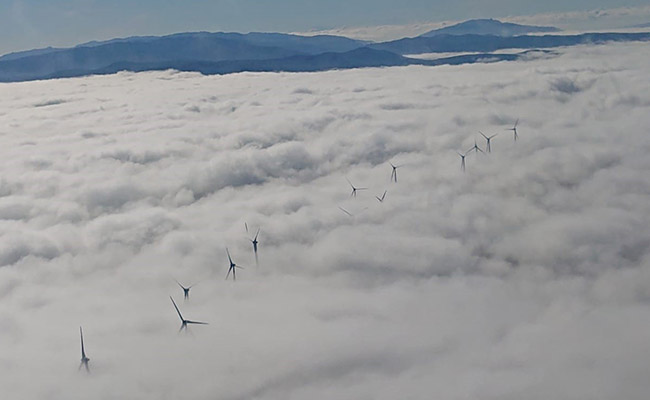And the winner is…
As part of our celebration of World Meteorological Day, BALPA looked at just how much pilots need to understand the weather. Pilots travelling around the world see all sorts of weather phenomenon and often see it from a different point of view to most people… they see the weather from above
We launched a weather photo competition to give us a peek in to what has to be the best ever view from an office. It also gives an insight in to the excellent weather knowledge that pilots have. The entries painted a picture of the worlds weather from above and included all sorts of weather phenomena, from storms, to snow and sunshine to cloud.
We had loads of amazing photos sent in and choosing a winner was tricky. But in the end the winning photo had a little of something for everyone… sun, rare noctilucent clouds (explained below) and it also highlighted just how special a pilots view of the world is.
The winner is this photo sent in by Chris Mabbott of a descent in to Helsinki:


Here are a few more of the pictures that show a pilots eye view of some spectacular weather phenomena:
Sun:
Energy from the sun is the driver behind the worlds weather and it’s power was certainly captured by pilots around the world who sent in these entries to the competition:












Clouds:
From delicate wispy cirrus clouds to threatening voluminous cumulonimbus clouds, pilots see it all:
Noctilucent Clouds:
Several pictures featured noctilucent clouds, which are extremely rare very high clouds seen in the night sky, usually on clear, summer nights. They become visible about the sane time as the brightest stars and are usually bluish or silvery.



Other clouds:



Low level cloud and fog:




Storm clouds:
Otherwise known as ‘The King of Clouds’, cumulonimbus clouds exist through the entire height of the troposphere, usually characterised by their icy, anvil-shaped top. They can bring extreme weather such as heavy torrential downpours, hail storms, lightning and even tornadoes which is why pilots are particularly wary of these.








Lightning
This weather phenomena is very dramatic but aircraft are built to withstand lightning strikes and pilots will do all they can to avoid flying thorough storm clouds.






Precipitation
This includes all sorts of rain, snow and hail.




Aurora and other space weather
An aurora or polar light is a natural light display in the Earth’s sky. It is predominantly seen in the high latitude regions (around the Arctic and Antarctic) and pilots who fly over this area are sometimes treated to a fantastic display. Flying close to space also means pilots can sometimes get a great view of what lies beyond our atmosphere.








St. Elmo’s Fire
St. Elmo’s fire is a glow, appearing like fire in some circumstances, from tall, sharply pointed structures such as aircraft wings and nose cones.


Smog


Thank you to everyone who sent in photos and congratulations to our winner Chris Mabbott who will receive his prize shortly.